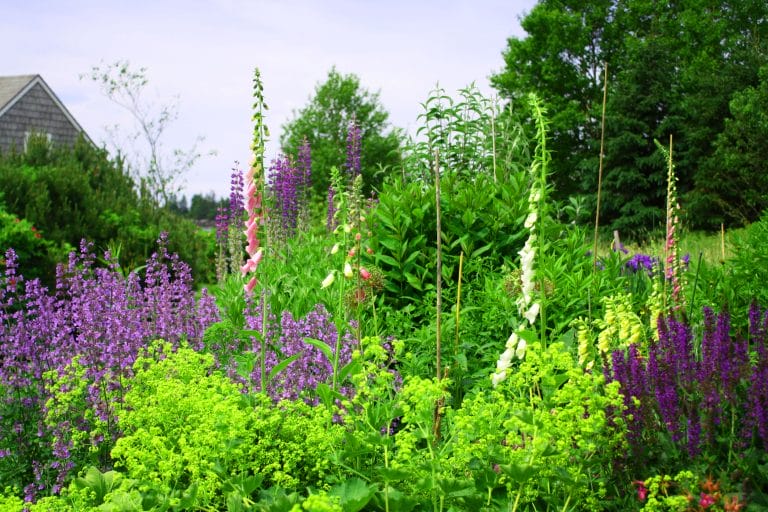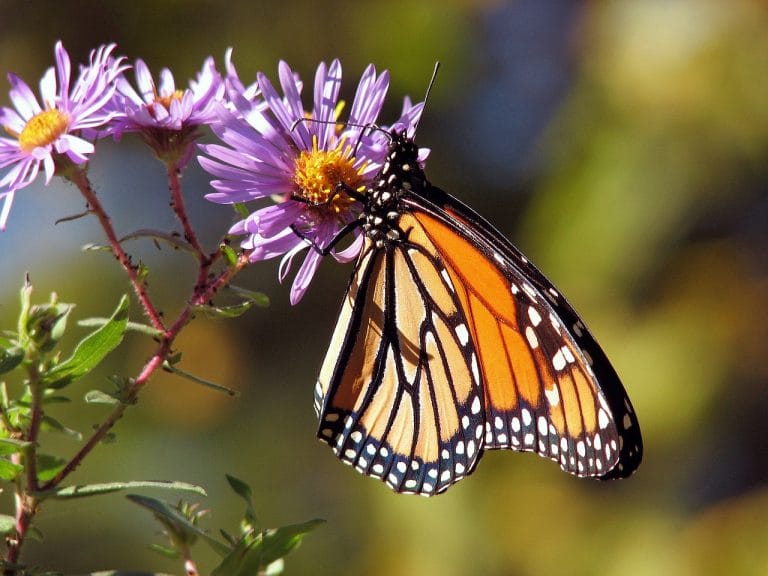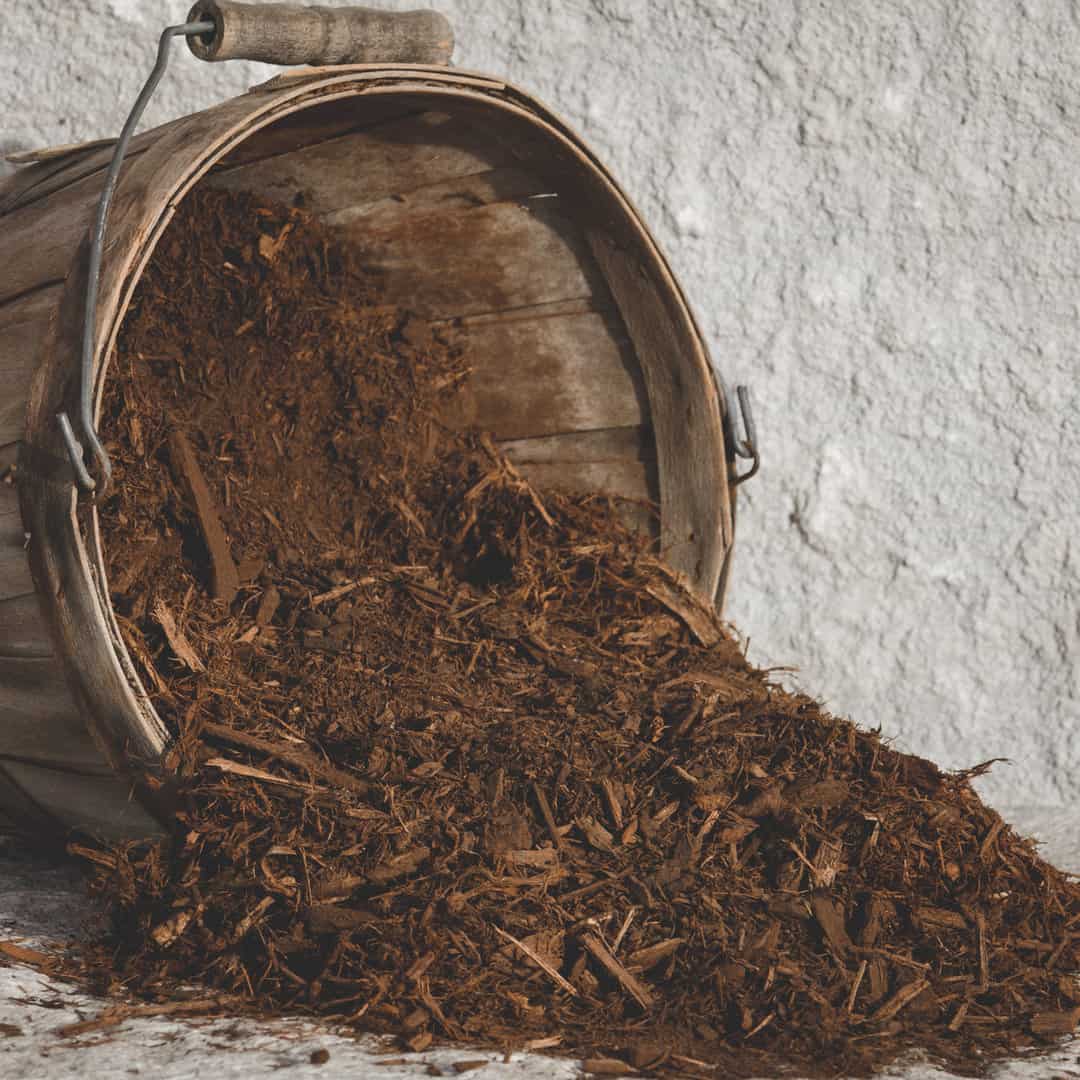Since your outdoor landscape may be down to its evergreens, now that winter is firmly upon us, you can start to think about adding houseplants to your home to keep the growing season in mind. Houseplants are a great addition to the home at any time of the year, but during winter they’re great for a few specific reasons. In the cold of winter, houseplants tend to go dormant, meaning they need less water and care. Houseplants will also keep you engaged with nature until the desolation of winter’s gray yields to spring, helping your mood and overall appeal of your home. Many houseplants will also clean your home’s air of toxins, making the air you breathe daily better for your health.
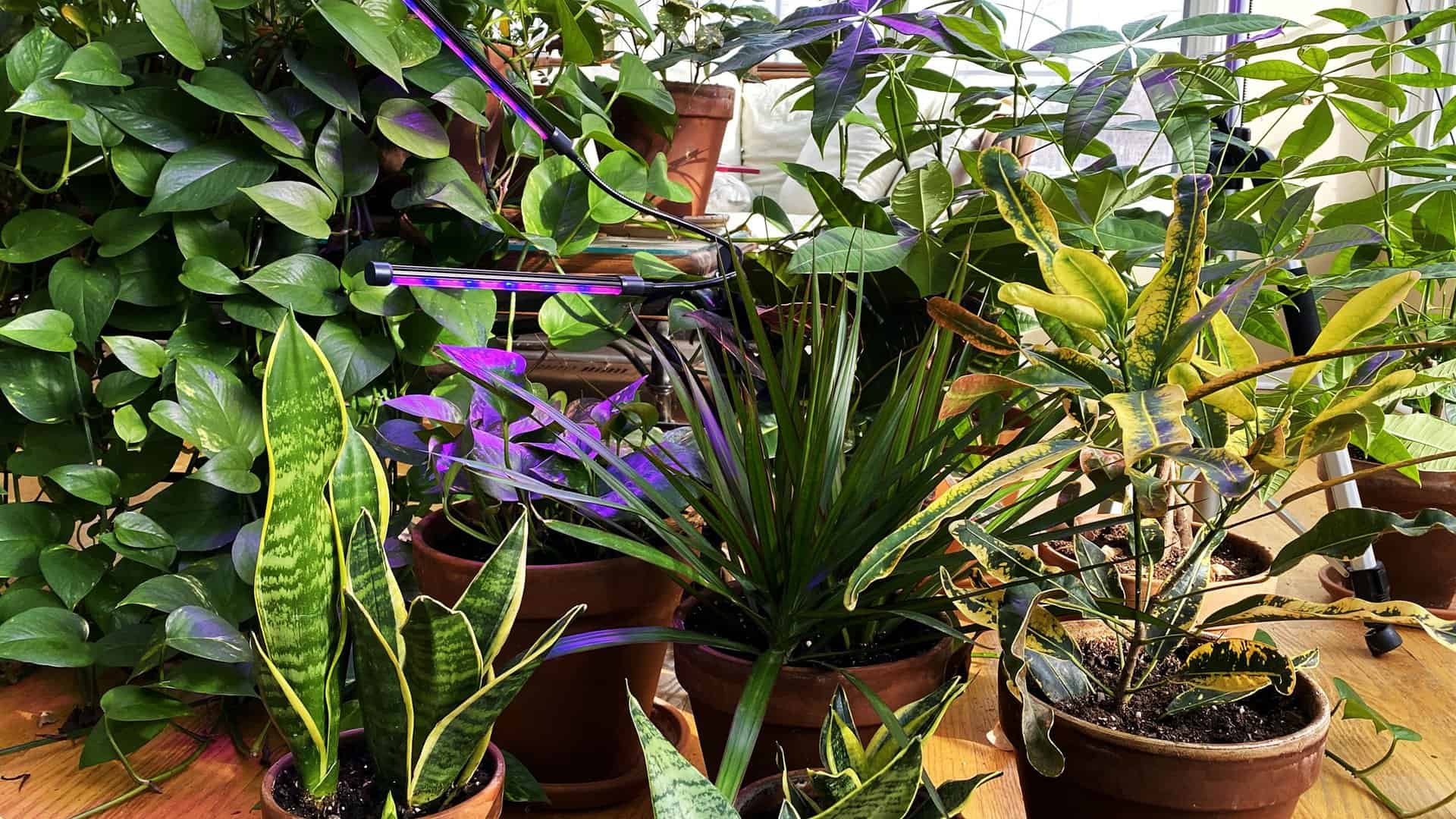
Houseplants in winter with a clip LED grow light
As you would in your outdoor garden, there are considerations to be made about the houseplants that you choose for your winter houseplant indoor garden, and where you put them. If your home has areas that receive little to no light, then that’s either not going to be a good place for houseplants, or you’ll need to find a plant specifically meant for that condition. Some plants enjoy humid conditions, such as African violets, ferns and philodendrons. These plants could work well in a bathroom, where showering and the toilet bowl maintain higher levels of moisture and humidity than other rooms. If you have a room that is dry in the winter, consider cacti, palms and succulents.
Houseplants have much more than simple aesthetic value, they even keep your home’s air clean and healthy. As explained in the book Gardening Month by Month in Illinois by William Aldrich and Don Williamson, “houseplants are more than just attractive—they clean the air in our homes. Many dangerous and common toxins, such as benzene, formaldehyde and trichloroethylene are absorbed and eliminated by houseplants.”
Some easy to grow and commonly found toxin-absorbing houseplants are: Bamboo Palm (Camaedorea erumpens), Chinese Evergreen (Aglaonema modestum), Dragon Tree (Dracaena marginata), English Ivy (Hedera helix), Gerbera Daisy (Gerbera jamesonii), Peace Lily (Spathiphyllum ‘Mauna Loa’), Pot Mum (Chrysanthemum morifolium), Snake Plant (Sansevieria trifasciata), Spider Plant (Chlorophytum comosum) Weeping Fig (Ficus benjamina).
Continuing from Gardening Month by Month in Illinois, “there are three aspects of interior light to consider: intensity, duration and quality. Intensity is the difference between a south-facing window with full sun and a north-facing room with no direct sunlight. Duration is how long the light lasts in a specific location. An east-facing window will have a shorter duration of light than a south-facing window. Quality refers to the spectrum of the light. Natural light provides a broader spectrum than artificial light.”
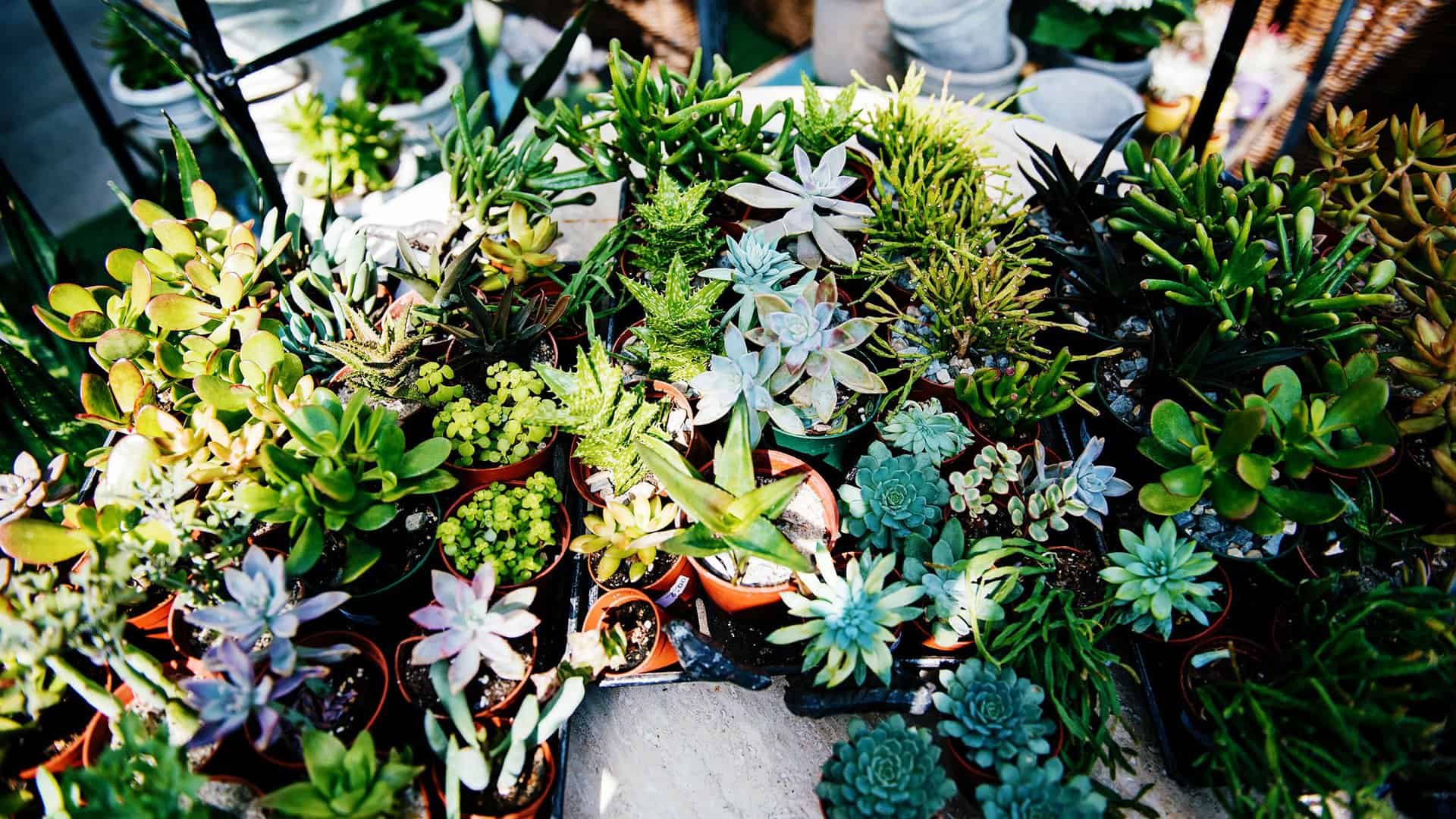
Cacti and succulents are excellent winter weather houseplants
Houseplants that thrive in bright light to consider are: asparagus ferns, begonias, cacti and succulents such as also hens and chicks, jade and clivia. If you are unable to meet the lighting needs of your plants, a simple grow light is a good solution. A LED grow light can be found on Amazon for under $35.
Further explained by Gardening Month by Month in Illinois, “watering is a key element to houseplant care. Over-watering can be as much of a problem as underwatering. As you did with your garden plants, water thoroughly and infrequently. Let the soil dry out a bit before watering plants. Some plants are the exception to this rule. Find out what the water requirements of your houseplants are so you will have an idea of how frequently or infrequently you will need to water.”
If you need to repot any houseplants into larger pots, be sure to only go up by one size at a time. Gardening Month by Month in Illinois explains this, “in general, the new pot should be no more than 2-4” larger in diameter than the previous pot. If you find your soil drying out too frequently, then you may wish to use a larger pot that will stay moist for longer.” This is to say, don’t repot (for example) a succulent in a 4” pot directly into a 12” pot because you want the plant to grow big. You can build up to a 12” pot, but will need to go step by step to ensure the plant’s health.
Houseplants are a godsend during the winter months. If you get joy from being around plant life, there’s really no limit to the amount of houseplants that you can decorate your home with. Your threshold is the amount of time you can dedicate to watering your winter residents, and your ability to keep them alive. Find ideal places for them to grow and move them if you observe wilting. If you notice yellowing, water less. Houseplants are an easy way to keep the growing season in mind during the cold months, and if you follow the advice above, yours should thrive until the outdoors awakens in spring.
Whispering Hills Garden and Landscape Center is a full service landscape center and nursery located in Cary, Illinois. Stop in today to schedule a Spring 2022 cleanup. (Updated: 11/24/21)
Shop Archive



